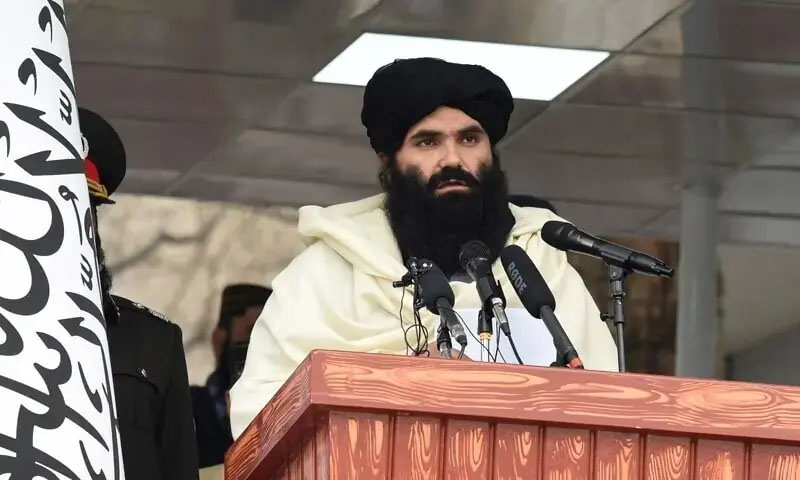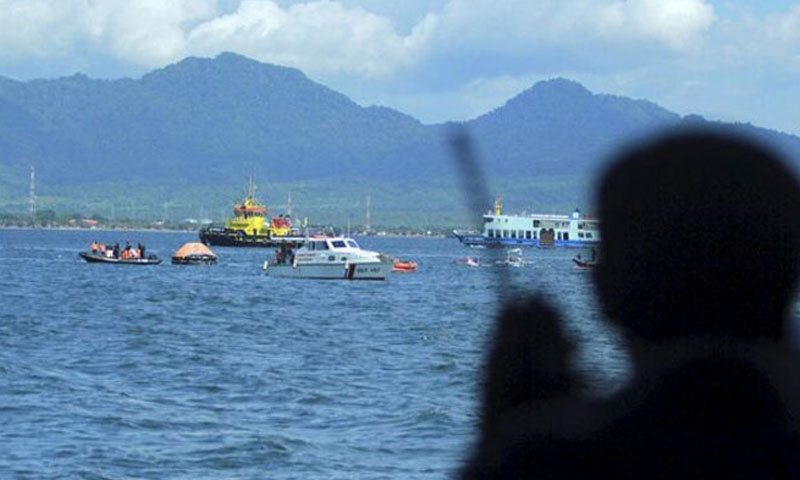- Web Desk
- Today
Death toll from Syria Bedouin-Druze clashes rises to 89
-
- Web Desk
- Jul 14, 2025

DAMASCUS: At least 89 people have been killed in ongoing clashes between Syrian Druze fighters and Sunni Bedouin tribes, a monitor said Monday, as security forces were deployed to quell the violence, AFP reported.
The Britain-based Syrian Observatory Observatory for Human Rights said that “46 Druze fighters, four civilians from Sweida, 18 Bedouin fighters, 14 security personnel, and seven unidentified individuals in military uniform were among the dead”, says an AFP report.
Read more: Sunni-led Middle East order: Trump’s Gulf tour reshapes politics
Later in the day, AFP reported that Syrian government forces were advancing toward the southern city of Sweida on Monday after taking control of a Druze village nearby, on the second day of sectarian clashes there.
An AFP correspondent saw forces under the Syrian defence ministry deployed in Al-Mazraa village and continue moving in the direction of Sweida city.
Meanwhile, a commander, Ezzeddine al-Shamayer, told AFP that the forces “are heading toward Sweida”.
The latest clashes follows the US pressing Lebanon to disarm Hezbollah, the strongest among the Iranian allies which are part of the so-called Axis of Resistance.
In earlier report, Reuters had explained how Syrian govt forces and factions are linked to mass killings of Alawites. This report covered the deadly events of a pro-Bashar al Assad uprising in March this year in the coastal region of Latakia.
DRUZE AND ALAWITES
Druze are a sect that originated in Egypt from the Isma’ilism, a branch of Shia faith, during 11th century. With a total strength of just over one million, they are found in Syria, Lebanon and Israel.
Till his assassination in 1977, Kamal Jumblatt and later his son Walid Jumblatt during the Lebanon civil war and the period following the deadly period played an important role in the Lebanese politics.
On the other hand, the Alawites with a total population of around 2.1 million in Syria have been very powerful politically, given the fact that Hafez al-Assad and his son Bashar al-Assad ruled Syria from 1971 to 2024.
The father-son duo was not Alawites but also made Syria a secular state, which brought stability to a country with very diverse population, until the civil broke out following the Arab Spring.
Hence, the bloodshed enabled the terrorists – Al Qaeda and ISIS – to try to enforce the extremist ideology despite the Sunnis being a minority. They are approximately 30 per cent of the Syrian population.
The deadly civil war has now brought Ahmed al-Sharaa, a leader of “now-dissolved” HTS, to power, an organization which was once the Syrian branch of Al Qaeda.
Meanwhile, the share of Alawites in Syria’s total population is estimated around 10 to 13 per cent.





